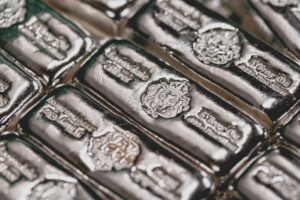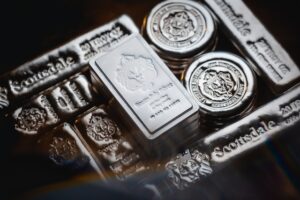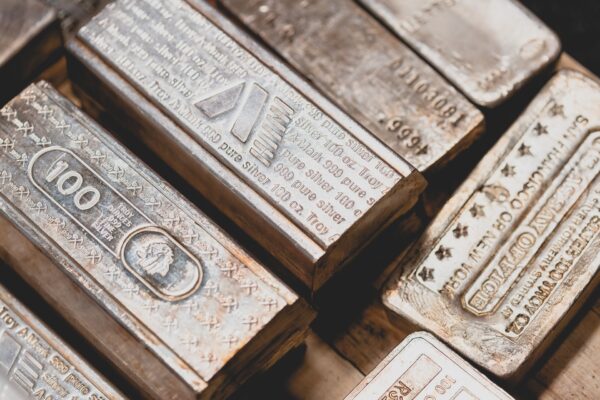Understanding the Correlation: Exploring How Silver Prices Reflect Market Sentiment
Silver, often referred to as the “poor man’s gold,” has long captured the fascination of investors and traders alike. This shining metal not only holds a special place in our hearts but also plays a pivotal role in reflecting market sentiment. Yes, you heard it right! The price per ounce of silver is more than just numbers on a screen; it tells a captivating story about global economic trends, investor behavior, and even industrial demand. So buckle up and join us on this exhilarating journey as we unravel the correlation between silver prices and market sentiment. Trust me; you won’t want to miss this shiny adventure!
Safe-Haven Asset
 As a safe-haven asset, silver tends to attract investors during times of market uncertainty or economic turmoil. When there is a lack of confidence in traditional financial markets, investors seek refuge in assets that are perceived as less risky. Silver is often favored due to its tangible nature and historical value preservation. During periods of heightened market volatility or economic downturns, investor sentiment turns negative, leading to increased demand for silver.
As a safe-haven asset, silver tends to attract investors during times of market uncertainty or economic turmoil. When there is a lack of confidence in traditional financial markets, investors seek refuge in assets that are perceived as less risky. Silver is often favored due to its tangible nature and historical value preservation. During periods of heightened market volatility or economic downturns, investor sentiment turns negative, leading to increased demand for silver.
Inflation Hedge
Inflation erodes the value of fiat currencies over time, reducing purchasing power. As a result, investors look for assets that can preserve their wealth during periods of rising prices. Silver has historically served as an effective inflation hedge due to its scarcity and limited supply. When market sentiment indicates concerns about inflationary pressures, investors turn to silver as a means to protect their wealth.
Industrial Demand
Silver has extensive industrial applications, particularly in electronics, solar panels, and medical devices. Therefore, market sentiment regarding global economic growth and industrial activity significantly impacts silver prices. When market sentiment suggests robust economic growth, industrial demand for silver increases, driving up its prices. Conversely, during economic downturns or stagnant industrial activity, market sentiment turns bearish, leading to reduced industrial demand for silver.
Speculative Activity
 Speculative activity in financial markets can heavily influence silver prices. Market sentiment plays a crucial role in determining the direction of speculative trades on silver futures and options contracts. When positive sentiment prevails, speculators often take long positions, expecting silver prices to rise. Conversely, when market sentiment turns pessimistic or uncertain, speculators may take short positions on silver, anticipating a decline in prices. Silver prices indeed reflect market sentiment, driven by factors such as its safe-haven status, inflation hedging properties, industrial demand, and speculative activity.…
Speculative activity in financial markets can heavily influence silver prices. Market sentiment plays a crucial role in determining the direction of speculative trades on silver futures and options contracts. When positive sentiment prevails, speculators often take long positions, expecting silver prices to rise. Conversely, when market sentiment turns pessimistic or uncertain, speculators may take short positions on silver, anticipating a decline in prices. Silver prices indeed reflect market sentiment, driven by factors such as its safe-haven status, inflation hedging properties, industrial demand, and speculative activity.…

